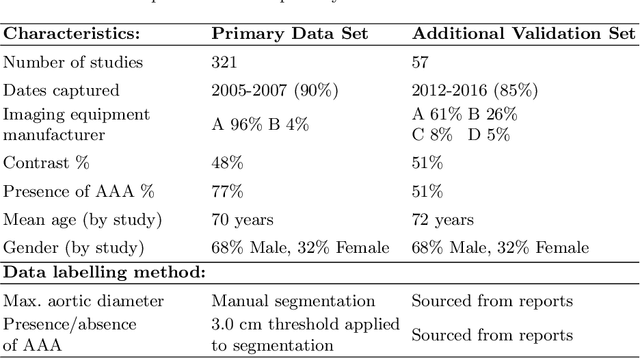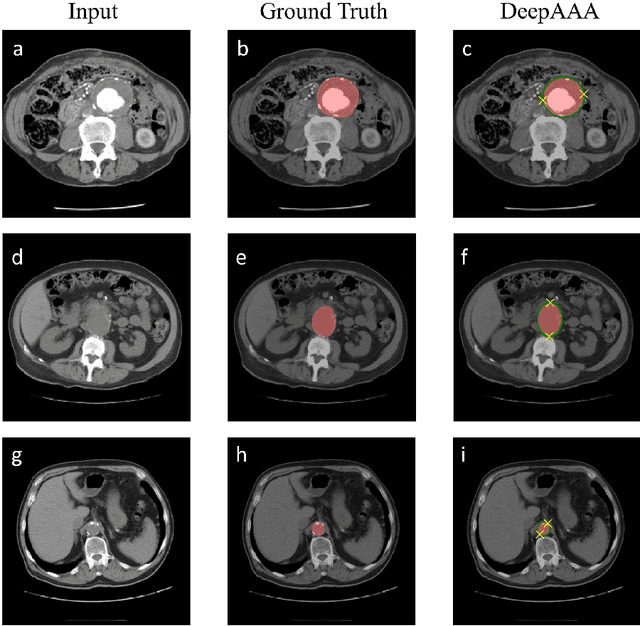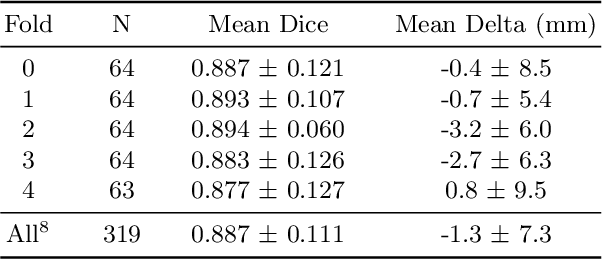Paul Vozila
Contextual Density Ratio for Language Model Biasing of Sequence to Sequence ASR Systems
Jun 29, 2022



Abstract:End-2-end (E2E) models have become increasingly popular in some ASR tasks because of their performance and advantages. These E2E models directly approximate the posterior distribution of tokens given the acoustic inputs. Consequently, the E2E systems implicitly define a language model (LM) over the output tokens, which makes the exploitation of independently trained language models less straightforward than in conventional ASR systems. This makes it difficult to dynamically adapt E2E ASR system to contextual profiles for better recognizing special words such as named entities. In this work, we propose a contextual density ratio approach for both training a contextual aware E2E model and adapting the language model to named entities. We apply the aforementioned technique to an E2E ASR system, which transcribes doctor and patient conversations, for better adapting the E2E system to the names in the conversations. Our proposed technique achieves a relative improvement of up to 46.5% on the names over an E2E baseline without degrading the overall recognition accuracy of the whole test set. Moreover, it also surpasses a contextual shallow fusion baseline by 22.1 % relative.
* Interspeech 2021 (draft)
Retrieval-Augmented Transformer-XL for Close-Domain Dialog Generation
May 19, 2021


Abstract:Transformer-based models have demonstrated excellent capabilities of capturing patterns and structures in natural language generation and achieved state-of-the-art results in many tasks. In this paper we present a transformer-based model for multi-turn dialog response generation. Our solution is based on a hybrid approach which augments a transformer-based generative model with a novel retrieval mechanism, which leverages the memorized information in the training data via k-Nearest Neighbor search. Our system is evaluated on two datasets made by customer/assistant dialogs: the Taskmaster-1, released by Google and holding high quality, goal-oriented conversational data and a proprietary dataset collected from a real customer service call center. Both achieve better BLEU scores over strong baselines.
DeepAAA: clinically applicable and generalizable detection of abdominal aortic aneurysm using deep learning
Jul 04, 2019



Abstract:We propose a deep learning-based technique for detection and quantification of abdominal aortic aneurysms (AAAs). The condition, which leads to more than 10,000 deaths per year in the United States, is asymptomatic, often detected incidentally, and often missed by radiologists. Our model architecture is a modified 3D U-Net combined with ellipse fitting that performs aorta segmentation and AAA detection. The study uses 321 abdominal-pelvic CT examinations performed by Massachusetts General Hospital Department of Radiology for training and validation. The model is then further tested for generalizability on a separate set of 57 examinations with differing patient demographics and acquisition characteristics than the original dataset. DeepAAA achieves high performance on both sets of data (sensitivity/specificity 0.91/0.95 and 0.85 / 1.0 respectively), on contrast and non-contrast CT scans and works with image volumes with varying numbers of images. We find that DeepAAA exceeds literature-reported performance of radiologists on incidental AAA detection. It is expected that the model can serve as an effective background detector in routine CT examinations to prevent incidental AAAs from being missed.
 Add to Chrome
Add to Chrome Add to Firefox
Add to Firefox Add to Edge
Add to Edge